Lessons
Our series are curated collections of lessons that walk through a specific topic from beginning to end. Series are a great way to learn a topic in a structured way.
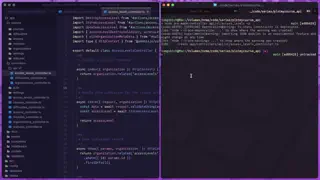



Status API CRUD
In this lesson, we'll duplicate everything we did one more time for our organization's statuses.




Access Level API CRUD
In this lesson, we'll walk through adding API endpoints for the full CRUD (create, read, update, and delete) flow for our organization's access levels.




Deleting A Difficulty
The last CRUD method we need to add is the ability to delete our a difficulty by adding a DELETE API route, we'll take care of that in this lesson.




Updating A Difficulty
In this lesson, we'll add a PUT API route to handle updating our difficulties! This route will also accept in a specific difficulty id via route parameter to specify which difficulty should be updated.




Getting A Specific Difficulty
In this lesson, we'll add a GET API route enabling us to get the details of a specific difficulty by providing the difficulties id via route parameter.




Creating Organization Difficulties
Next, we'll add a POST route and handler so that we can create difficulties from our API




Listing Organization Difficulties
In this lesson, we'll begin work on our first CRUD-based API resource by adding the ability to query a list of all our organization's difficulties.




Simple API Versioning
In this lesson, we'll implement a simple versioning mechanism for our API. Versioning allows us to safely make breaking changes without breaking our user's implementations of our API.


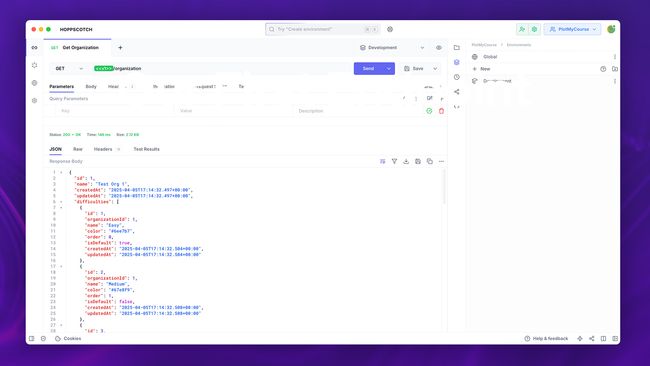

Setting Up Our REST Client
In this lesson, we'll take some time to get set up and get comfortable with a REST Client application. This will allow us to store our API endpoints within collections to simplify testing them as we build them out. In this series, I'll be using Hoppscotch


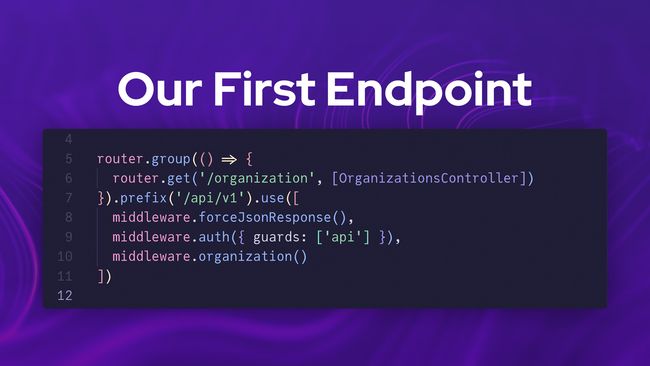

Our First API Endpoint to Get Our Organization's Details
In this lesson, we'll add the first endpoint to our API. With this endpoint we'll return back the Organization's details for the provided Access Token with the request.




The Goal of our REST API
In this lesson, we'll briefly give an overview of REST and how we'll be taking a practical approach to it when building our API.




Deleting/Revoking Access Tokens
In this lesson, we'll add the ability for our users to revoke an access token by deleting it out of our database.




Displaying & Copying A Newly Created Access Token
In this lesson, we'll add a secondary step to our access token creation flow that will display the newly created access token to the user one time, allow them to copy the token, then drop the token completely from memory.




Listing an Organization's Access Tokens
In this lesson, we'll query all of our organization's access tokens and filter out any tokens that are expired. Then, we'll list the organization's tokens showing it's name, abilities, when it was created, and when it was last used.



Opaque Access Tokens (OAT) vs JSON Web Tokens (JWT)
In this lesson, we'll take a step back to understand the differences between the tokens we're using, which are Opaque Access Tokens (OAT), and JSON Web Tokens (JWT). We'll discuss security, scalability, and what makes up each token.

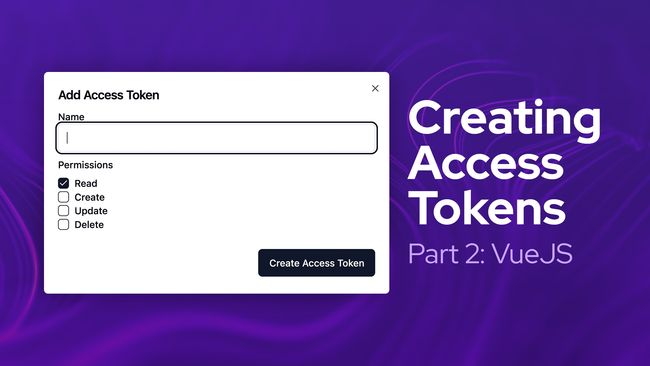

Creating Access Tokens Part 2: Inertia/Vue
In this lesson, we'll rig up the create access token route we created in the last lesson to a form within our Vue application. We'll also stub the overall manage access tokens card for the organization itself.

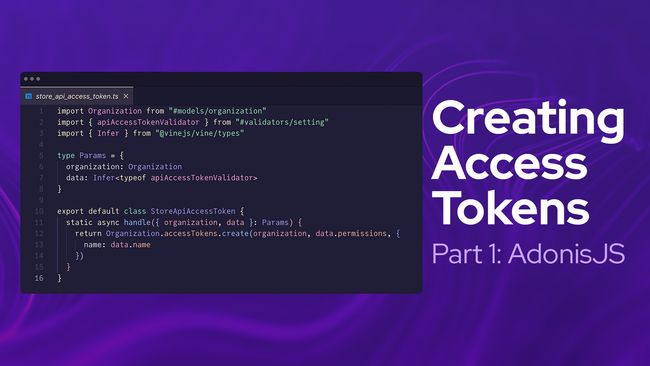

Creating Access Tokens Part 1: AdonisJS
In this lesson, we'll add a route to the settings portion of our application allowing the user to create an opaque access token (OAT), with the desired permissions, for the active organization.

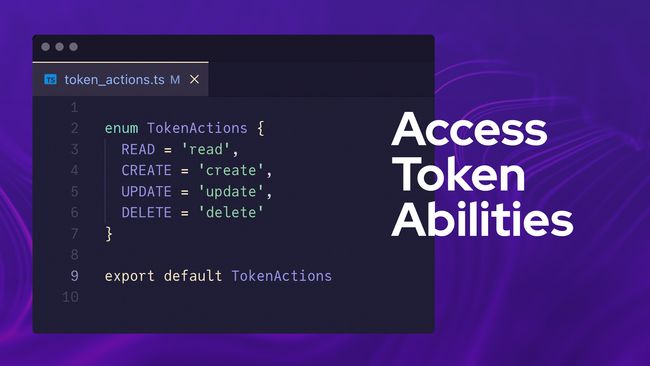

Defining Access Token Abilities & DTO
In this lesson, we'll finish up our preparation work by creating a data transfer object (DTO) for our access tokens. Then, we'll define what our token abilities will be within our application's API.
Showing 37 to 54 of 427 results